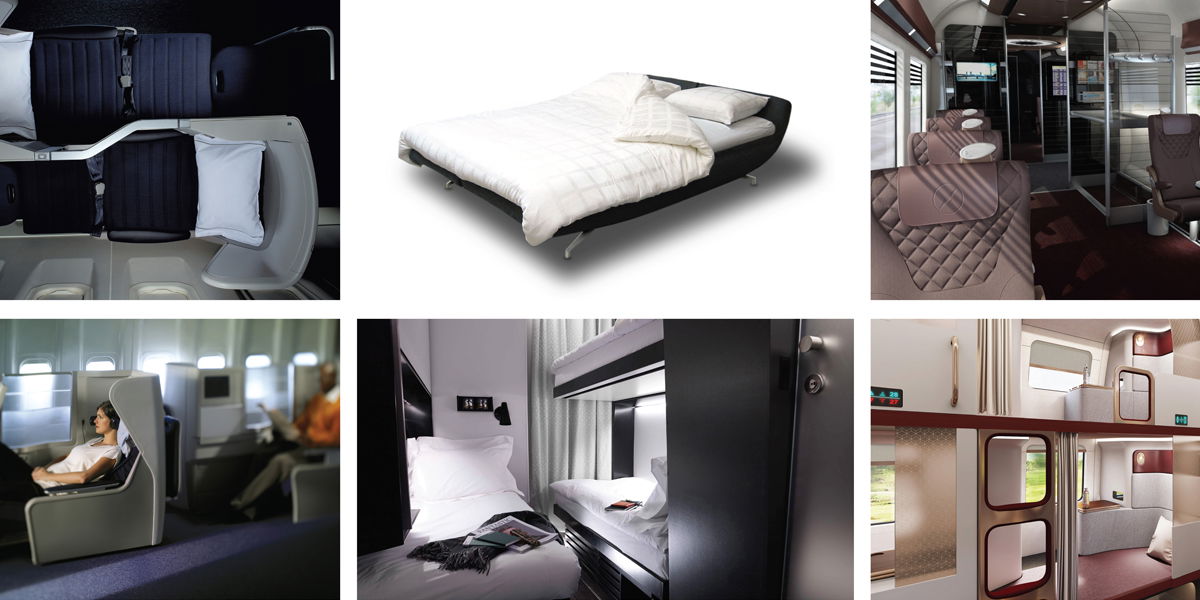What we can learn from different industries & from consumers to create passenger-centric rail solutions?

tangerine’s Chief Creative Officer, Matt Round was Chair at Red Cabin’s Railway Interior Summit on 8th and 9th December 2020. The two days involved probing dialogue and inspirational debate.
Axel Schupper General Manager at Die Bahnindustrie (German Railway Industry Association), spoke of the importance of interior design and better travel experiences. A key step to achieving this, he said, is by placing a stronger emphasis on the qualitative criteria during the tender process when selecting partners.
Aisling Norton, Continuous Improvement Specialist at Irish Rail, evidenced how good design cannot only create better carriage interiors, but also reduce the total cost of delivering a service.
Understanding the voice of the passenger is critical in creating rail experiences that encourage more consumers to use rail as the preferred mode of transport. This understanding needs to get to the heart of what is really important to the wide variety of consumer groups who are using our railways. These consumer groups range from millennials with new expectations to an increasingly aging population of passengers with reduced mobility.
Julian Fordon, Senior Manager of Deutsche Bahn DB spoke of the competitive advantage that a good product can bring, noting the potential to reduce holding times and increase passenger density.
Across the range of speakers many noted the importance of collaboration to create and deliver great passenger experiences.
The conference featured a number of working groups that explored a variety of different subjects. Matt and tangerine’s Director China, Weiwei He, led a series of workshops exploring potential learnings from other industries and from consumer behaviour, in order to highlight where the rail industry can go to gain the sort of insight that will fuel innovation.
The discussion was broken down into three main areas:
What will be the drivers for change in the medium to long term?
• Good-quality mass-transportation will lead to greater adoption.
• Growing urbanisation and an ageing population.
• New infrastructure combined with increased and faster connectivity.
• Higher passenger expectation of the quality of the delivery of service.
What new technologies interest rail operators?
• Connectivity that is accessible to all passenger groups.
• Integrated journeys with digital services providing passengers with up-to-the-minute information.
• Biometrics that can create smoother and more personalised journeys.
What are the barriers to innovation?
• The industry’s ability to deliver flexible, joined-up services across multiple modes of transport
• Long lead-times for product installation makes it difficult for operators to match consumer needs
• Lack of funding to enable TOCs to innovate
From this we were able to determine the perceived priorities for passengers today.
They are:
Convenience
• Faster connections to encourage more people to adopt rail over other modes of transport.
• Flexible, frictionless services that are delivered seamlessly.
• Improved wayfinding and ticketing that is integrated into an end-to-end passenger journey.
• Fast connectivity to access real-time information and WiFi entertainment.
Personal journeys
• Use of insight data to create individual passenger journeys that are tailored to their needs.
• Use of insight data to create products that relevant to the range of passenger personas.
• Creating train interiors that match the increasingly high expectation of tomorrow’s passenger.
Post Covid-19 living
• Seamless travel with fewer touch-points.
• Visible evidence that carriages are clean and sanitised.
• Train carriages to accommodate the huge rise in the use of bicycles on services.
• Build on the political and social appetite for the need for sustainable transportation.